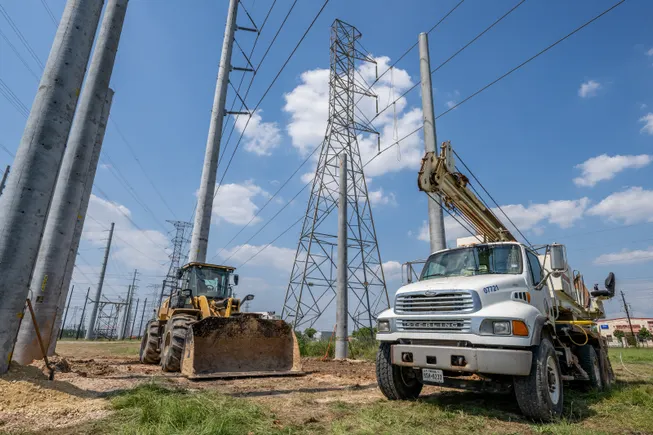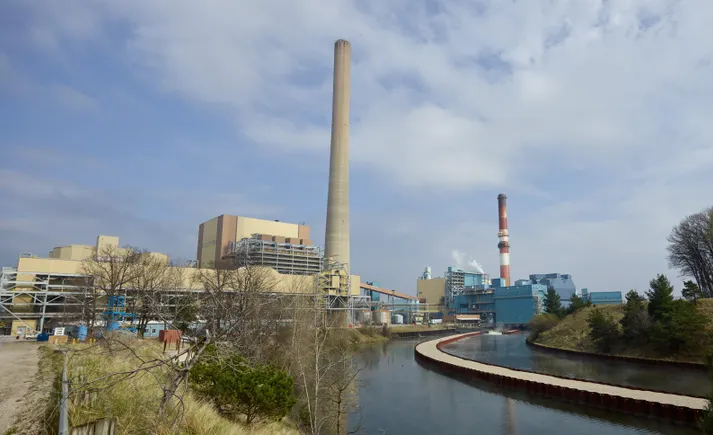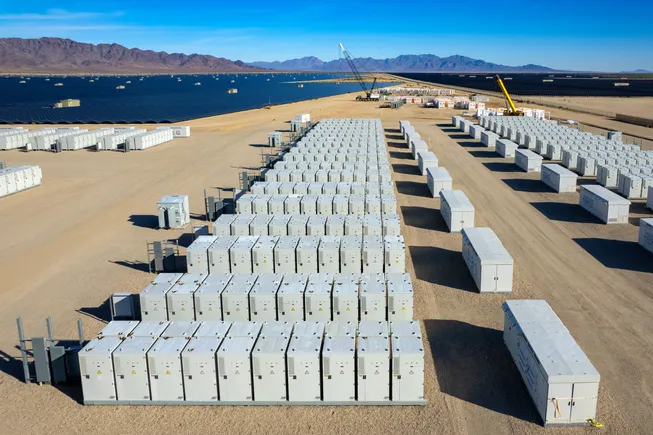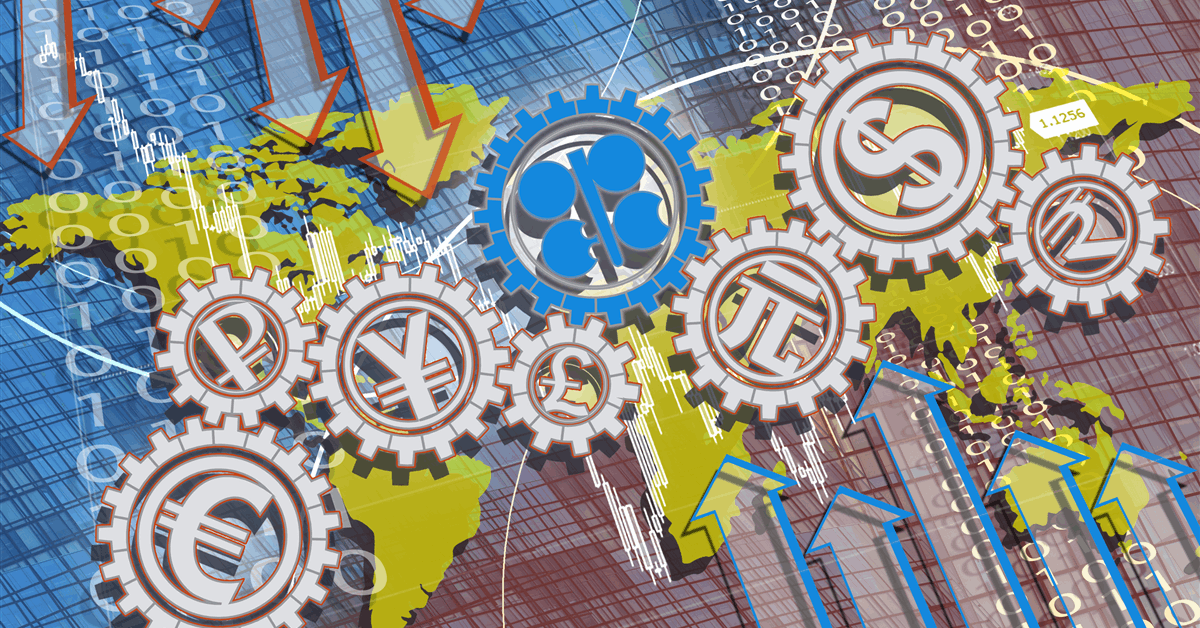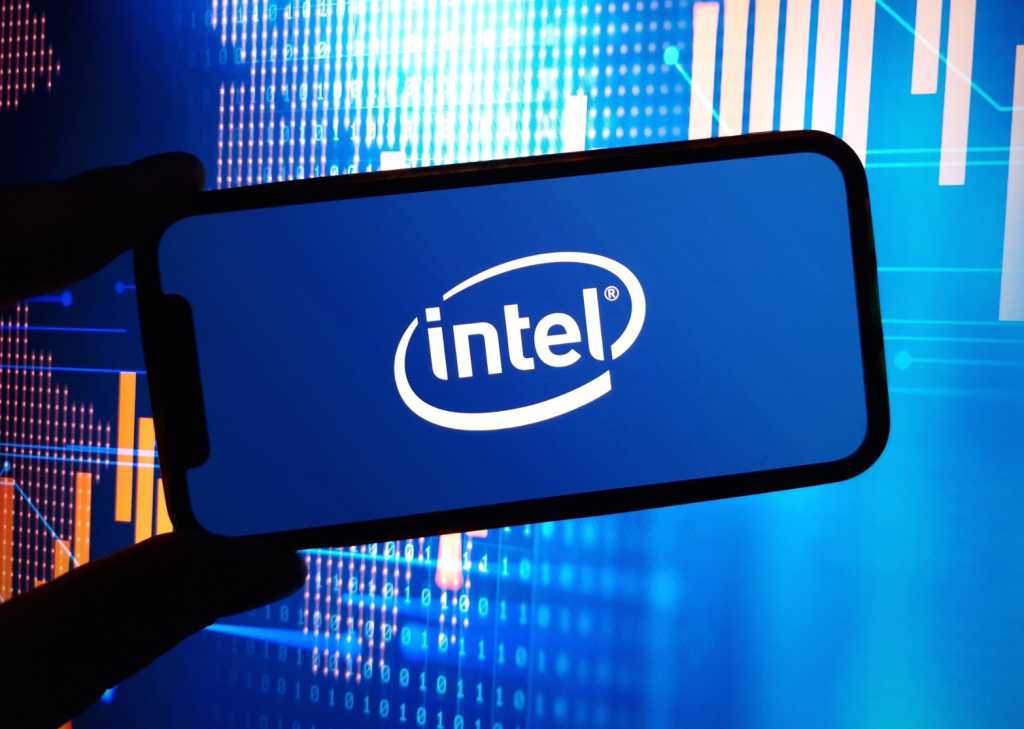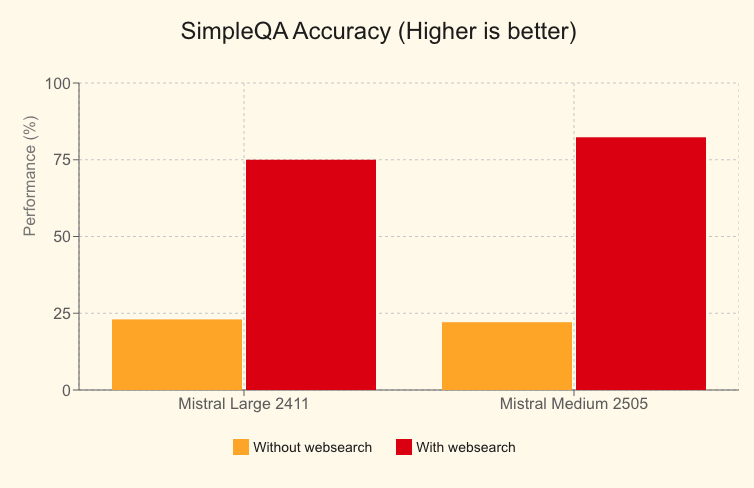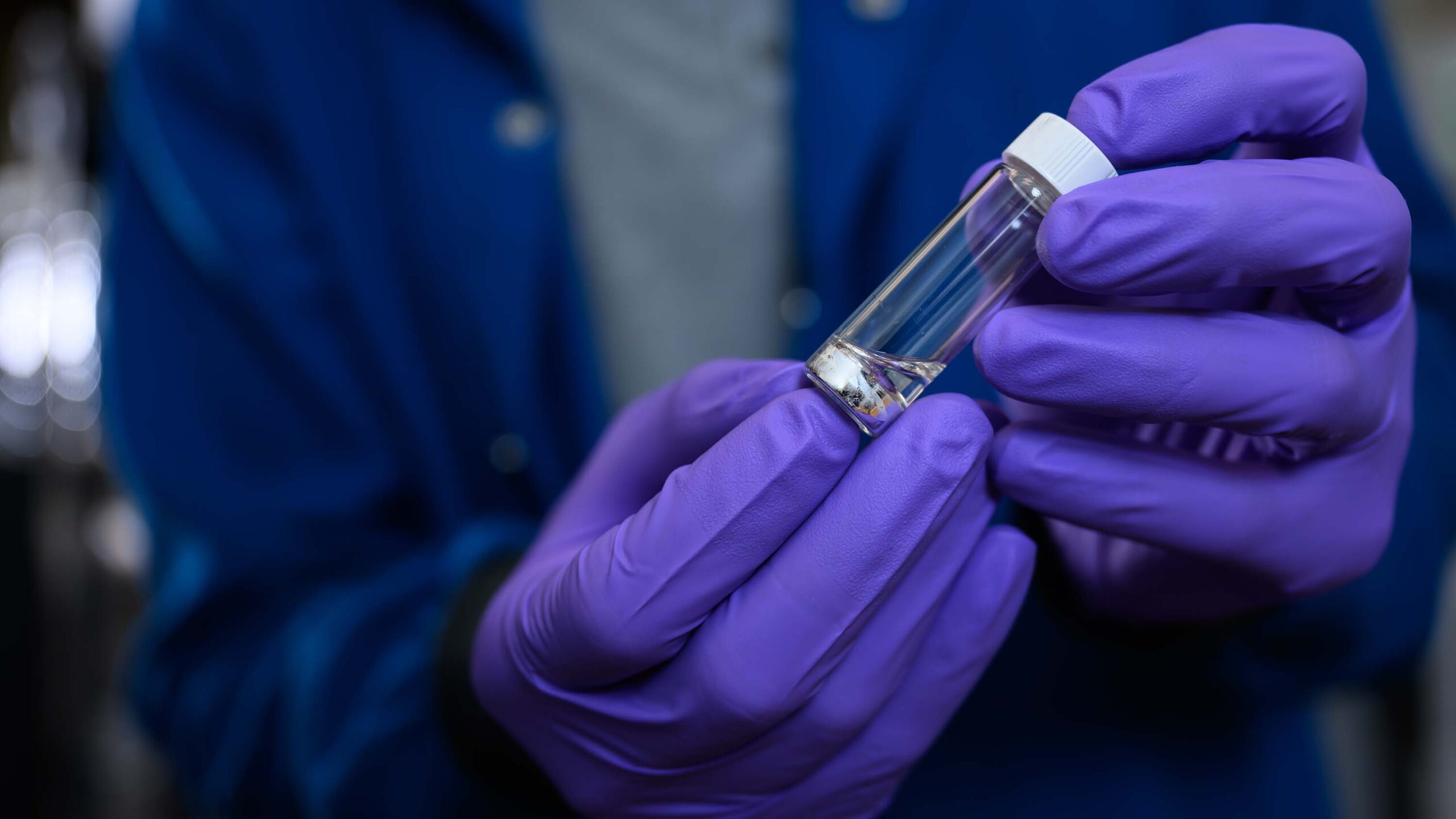
Shropshire Council has granted planning permission to a major 10 MW solar farm and battery project.
G Power Solar is developing the 24.31 hectare project, located at the Beeches in Alkington near Whitchurch.
The battery facility would have capacity to store up to 12.5 MWh of energy.
According to a development management report, the project could generate enough energy to power up to 3,000 homes in Shropshire, or roughly 2.1% of the region’s houses.
According to the project’s application, the proposed development could save 2,150 tonnes of CO2 per annum – equivalent to at least 86,000 tonnes over the project’s lifetime of around 40 years.
While the grid connection location has yet to be confirmed, the application states that there is a potential point of connection located 1 km to the east.
The application site lies within designated open countryside and is bounded by hedgerows and trees. The majority of the site is classed as Grade 3 Agricultural Land (ALC), with a small section of the north-eastern part classed as Grade 2.
In addition, the land around the solar panels will be available for sheep grazing, with only around 20% of the land occupied by the proposed equipment.
The solar panels would be divided between five different field parcels, while the battery energy storage system (BESS) would be located in the north-eastern corner of the site. The project’s substation will also be included onsite.
G Power Solar’s Shropshire project is part of a major solar push by the Labour government. Soon after coming to power last year, UK energy secretary Ed Miliband vowed to triple the UK’s solar capacity by 2030.
Recent research found that solar panel installations in England rose by 10% in the first six months since Labour took office.
This accounted for nearly 75,000 solar panels installed in the second half of 2024, up from 68,000 in the six months prior.





